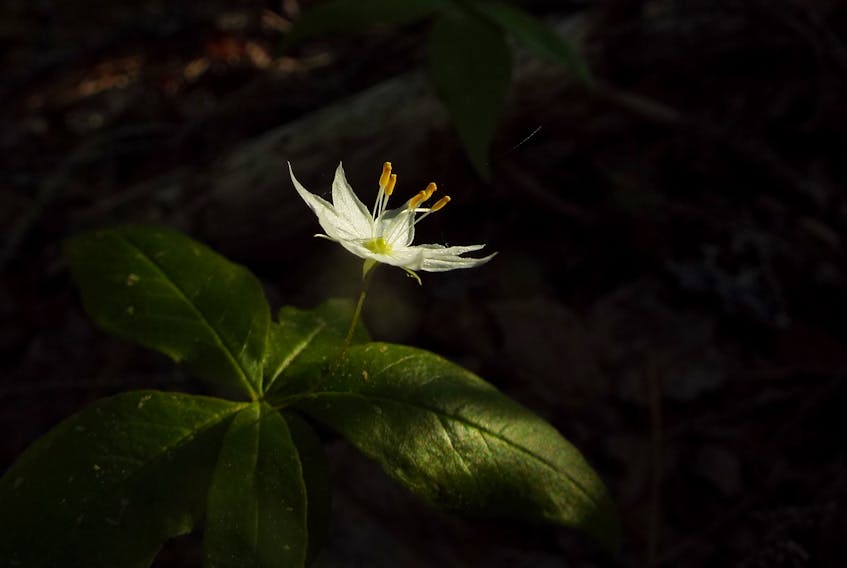If you read this column frequently, you are likely very interested and concerned about the future of our world in the face of the climate crisis.
In recent days, we received chilling news that we experienced not just one, but three, all-time global record-setting high temperatures. To understand that for the many centuries humans have been recording daily weather readings, that there could be three new temperature records set in the same week, can surely mean that climate change is impacting us in a big way right now.
Most environment-related scientists agree that the climate crisis is the greatest challenge facing our generation. While wind and solar power is essential to combat the challenge, they cannot alone meet the United Nations Paris Agreement’s goal of avoiding a rise in global temperature by 2 C. Decarbonizing all sectors of the economy, including heavy industry and transportation, requires more effort, ingenuity and results.
Many believe that green hydrogen is an outstanding technology for transferring the benefits of renewables beyond the electricity sector. Green hydrogen is a term used to describe hydrogen that is created when electrolyzers that are used to split water into hydrogen and oxygen, can, if powered by renewable energy, produce hydrogen without any greenhouse gas emissions.
With green hydrogen as the bridge, green electricity can be transformed into a transportation fuel, or as feedstock in industrial processes, where currently no climate-neutral alternatives exist. Green hydrogen and derived fuels, such as green ammonia, will allow us to put wind power indirectly into the fuel tank of a container ship. In this way, hydrogen can significantly extend the decarbonization potential of renewable energy sources.
Today, the world produces on average, 75 million tons of hydrogen each year. Most of it is generated from fossil fuels, mainly natural gas and coal. This accounts for six per cent of the global natural gas consumption, two per cent of the global coal consumption, and results in 830 million tons of carbon dioxide being released every year – almost as much as Germany’s annual CO2 emissions.
Producing all of this hydrogen with green energy would help to substantially reduce emissions. The potential for this tiny molecule is huge. If generated on a widely circulated commercial scale, some of the uses for hydrogen include fuel for transportation, power for electricity plants, heat for industry and homes, and as a chemical for producing various commercial and industrial products.
It may surprise some to learn that hydrogen is the simplest and most abundant element in the universe. On Earth, it rarely exists as a gas – so it needs to be separated from other elements.
White hydrogen is a naturally occurring version that can occasionally be found underground, but there are few viable ways of extracting this – so experts instead look to generate it artificially. There are many colours of hydrogen, each colour given based on how it is produced. Green hydrogen has been hailed as a clean energy source for the future. But the gas itself is invisible – so why are so many colourful descriptions used when referring to it? It all comes down to the way it is produced.
Hydrogen emits only water when burned. But creating it can be carbon intensive. So various ways to lessen this impact have been developed – and scientists assign colours to the different types to distinguish between them. Depending on production methods, hydrogen can be grey, blue or green – and sometimes even pink, yellow or turquoise – although naming conventions can vary across countries and over time. Green hydrogen is the only type produced in a climate-neutral manner, meaning it could play a vital role in global efforts to reduce emissions as needed to slow the impact of climate change.
Forest Facts
Remember it’s tick time when moving around in grassy and forest areas. If you ask a vet or family doctor, you will likely hear that the occurrence of tick bites is again up significantly, as is the number of Lyme disease occurrences in humans and dogs. This can have devastating health implications and is often undiagnosed for months or longer until it is debilitating.
Be careful, and make sure that you check yourself and loved ones every day, just in case. Remember, you can’t feel when ticks bite you, and may not ever know you were bitten, until the doctor provides the bad news diagnosis later.
Don Cameron is a registered professional forester.












